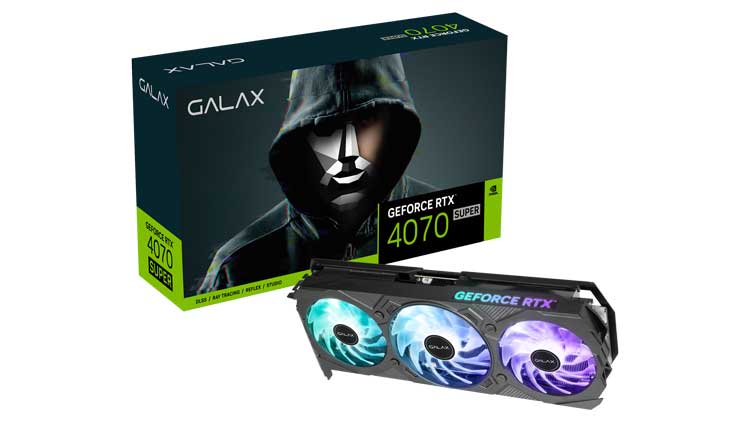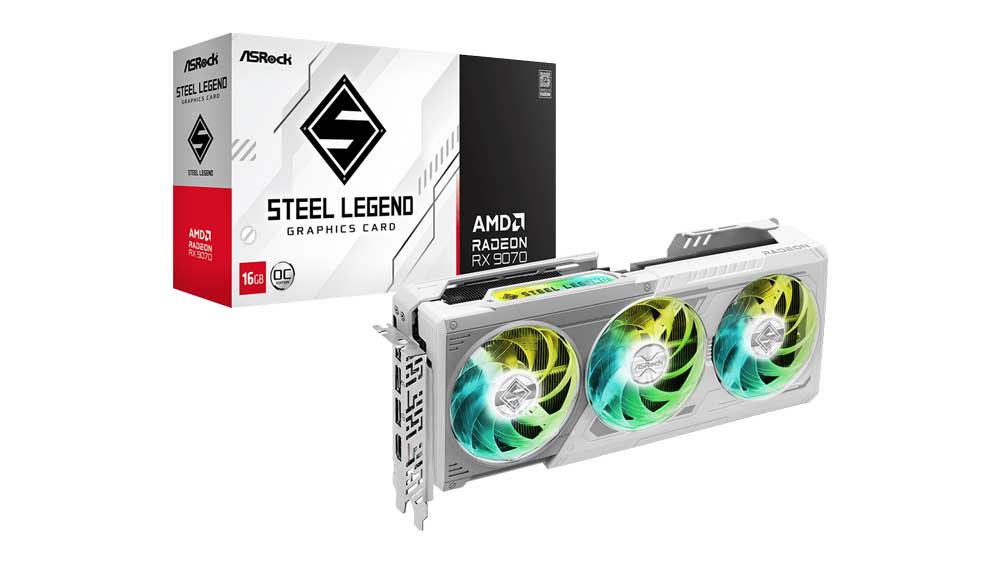Operating Temperatures
IDLE, Multimedia & Rendering
- IDLE: Low enough temperatures
- Multimedia: Low enough temperatures
- Rendering: The hot spot temperature is increased but still low enough to not be a problem
Gaming & Furmark
- Gaming—RT Off: The temperatures are kept low, thanks to the highly efficient GPU.
- Gaming—RT On: RT performance leads to slightly higher operating temperatures than raster performance because it is more taxing.
- Furmark: Low operating temperatures.
Pages:
- Prologue & Technical specifications
- NVIDIA’s Key Technologies
- Box & Contents
- Part Analysis
- Specifications Comparison
- Test System
- Game Benchmark Details
- Raster Performance
- RT Performance
- RT Performance + DLSS/FSR Balanced
- Raytracing Performance + DLSS/FSR Balanced + FG
- DLSS/FSR Balanced (No RT)
- DLSS/FSR Balanced + FG (No RT)
- Relative Perf & Perf Per Watt (Raster)
- Relative Perf & Perf Per Watt (Raster + DLSS/FSR)
- Relative Perf & Perf Per Watt (RT)
- Relative Perf & Perf Per Watt (RT + DLSS/FSR)
- Relative Perf & Perf Per Watt (RT + DLSS/FSR + FG)
- Rendering Performance
- Operating Temperatures
- Operating Noise & Frequency Analysis
- Power Consumption
- Clock Speeds & Overclocking
- Cooling Performance
- Epilogue









Since it looks like the 40 super series uses the new 12v-2×6 headers, does this mean that ATX 3.0 psus using 12vhpwr won’t have that burning issue? Thanks for all you do.
Nope, there won’t be a problem with ATX v3.0 PSUs because the cable remains exactly the same, and on the PSU side, there weren’t any notable issues.
Thank you for the reply! I’ve been unnecessarily stressed because I got a 4080 super FE and was worried about fire thing as this is my first pc build.